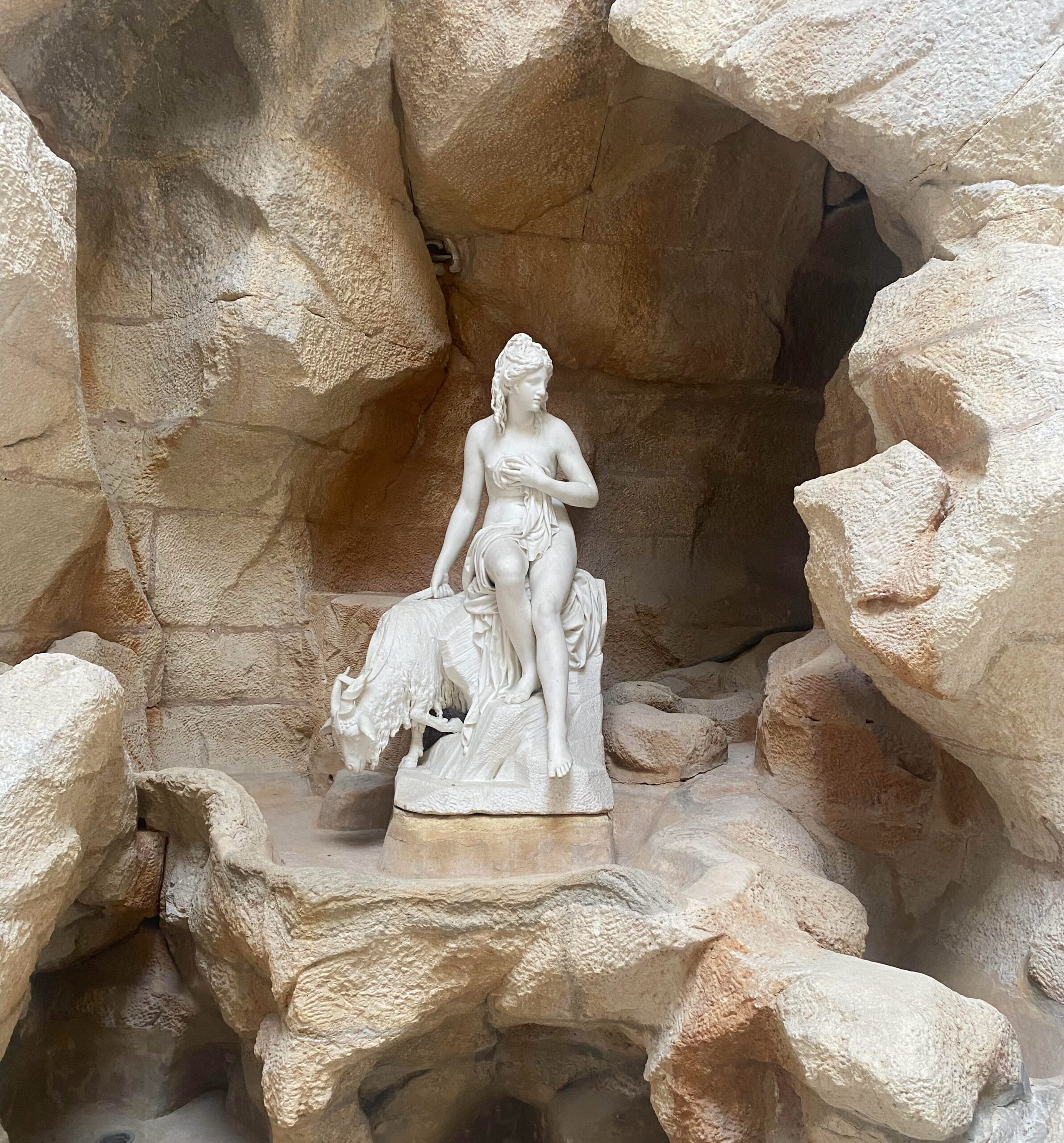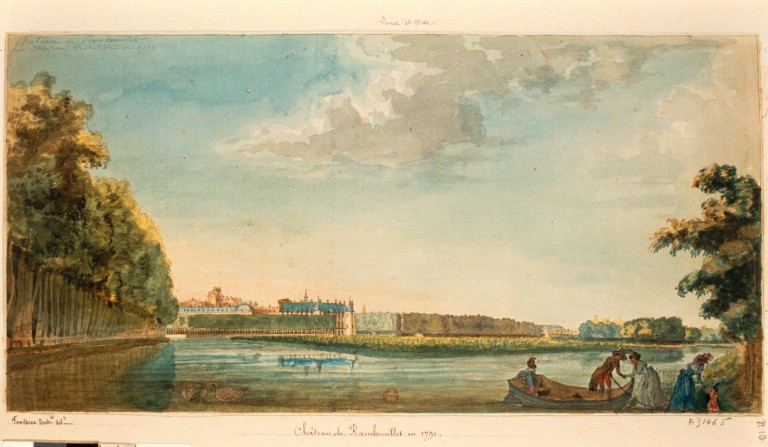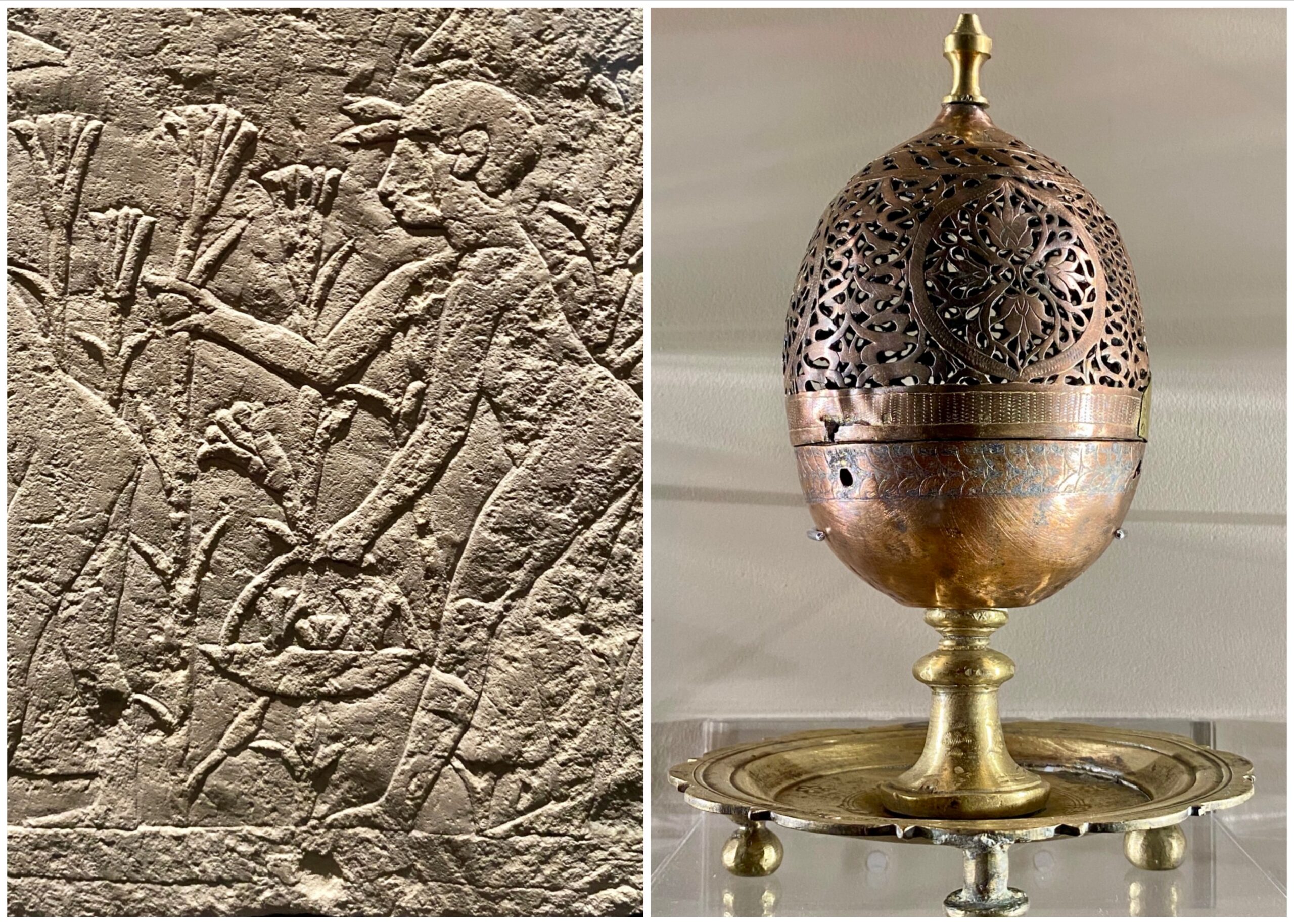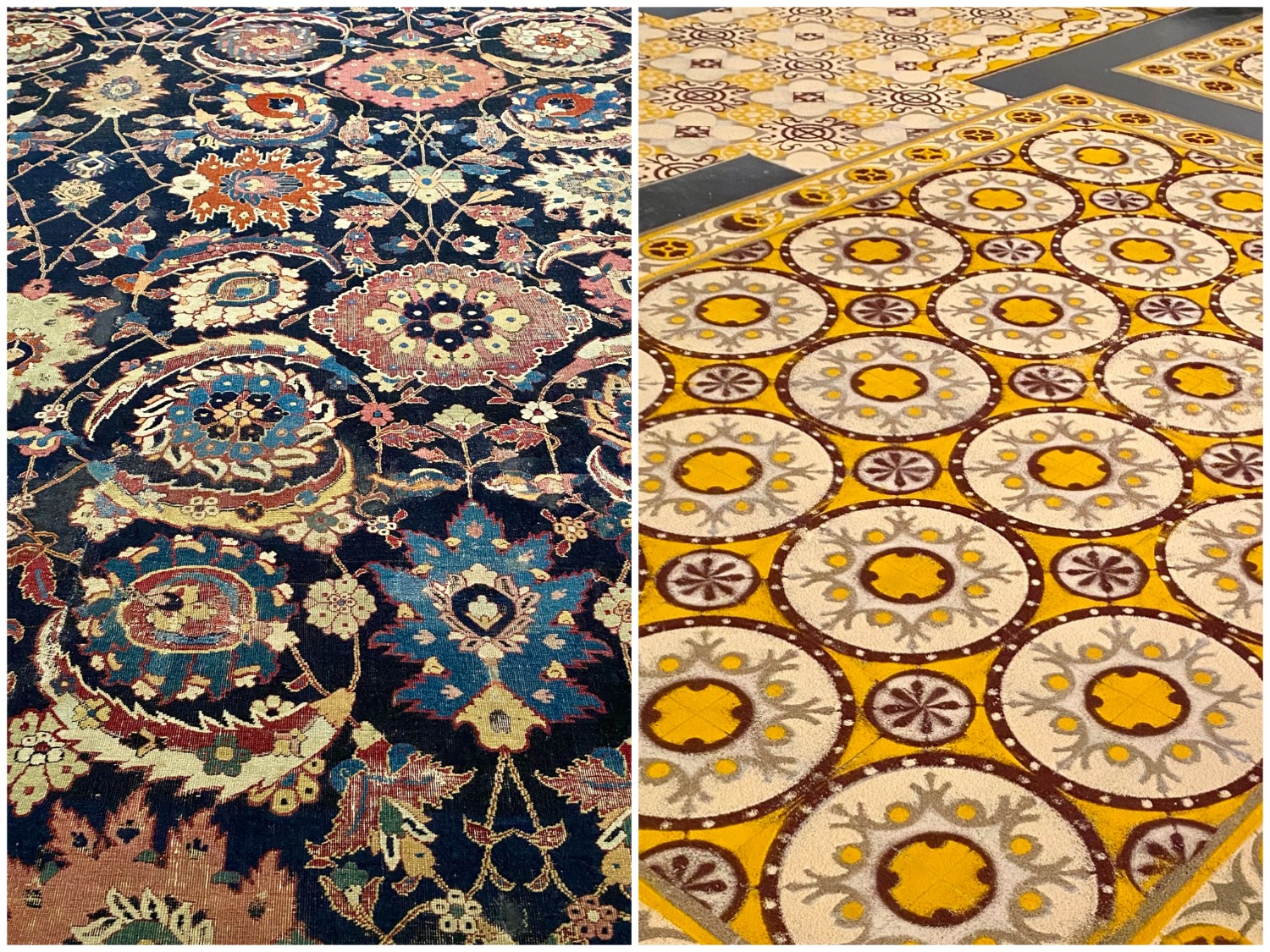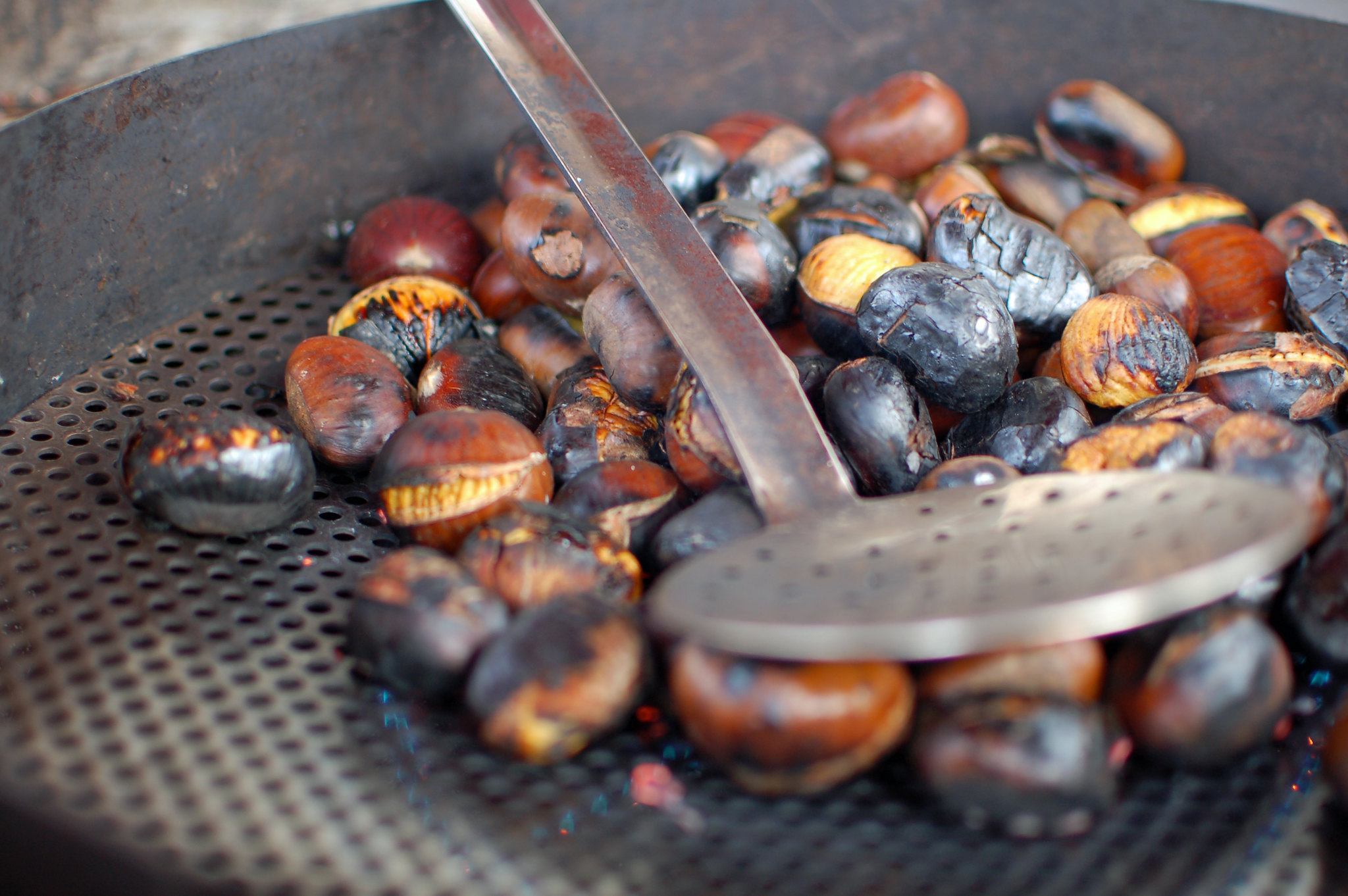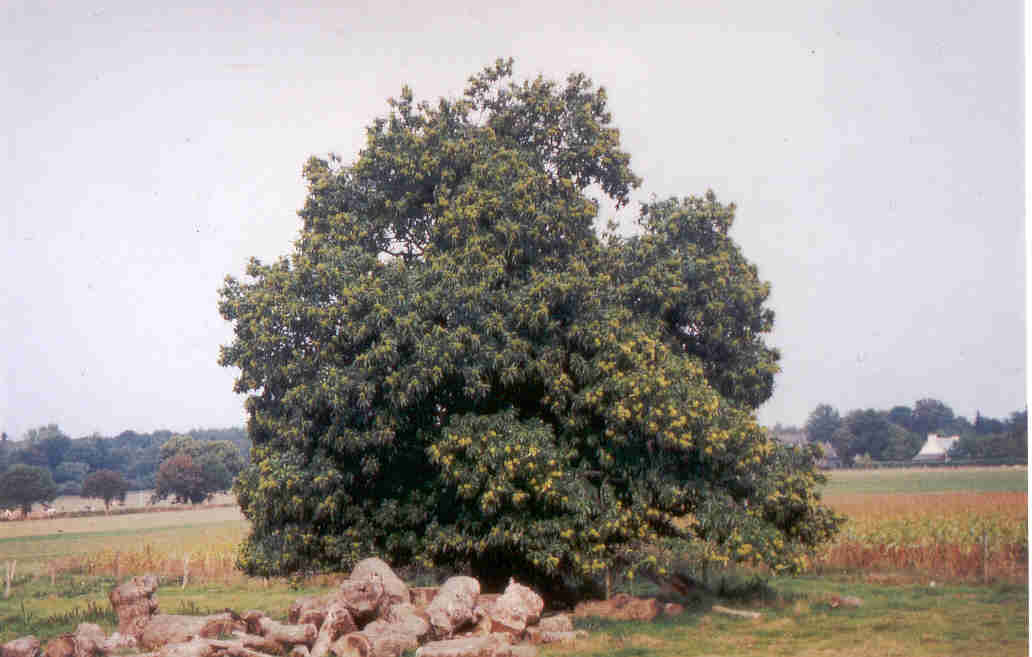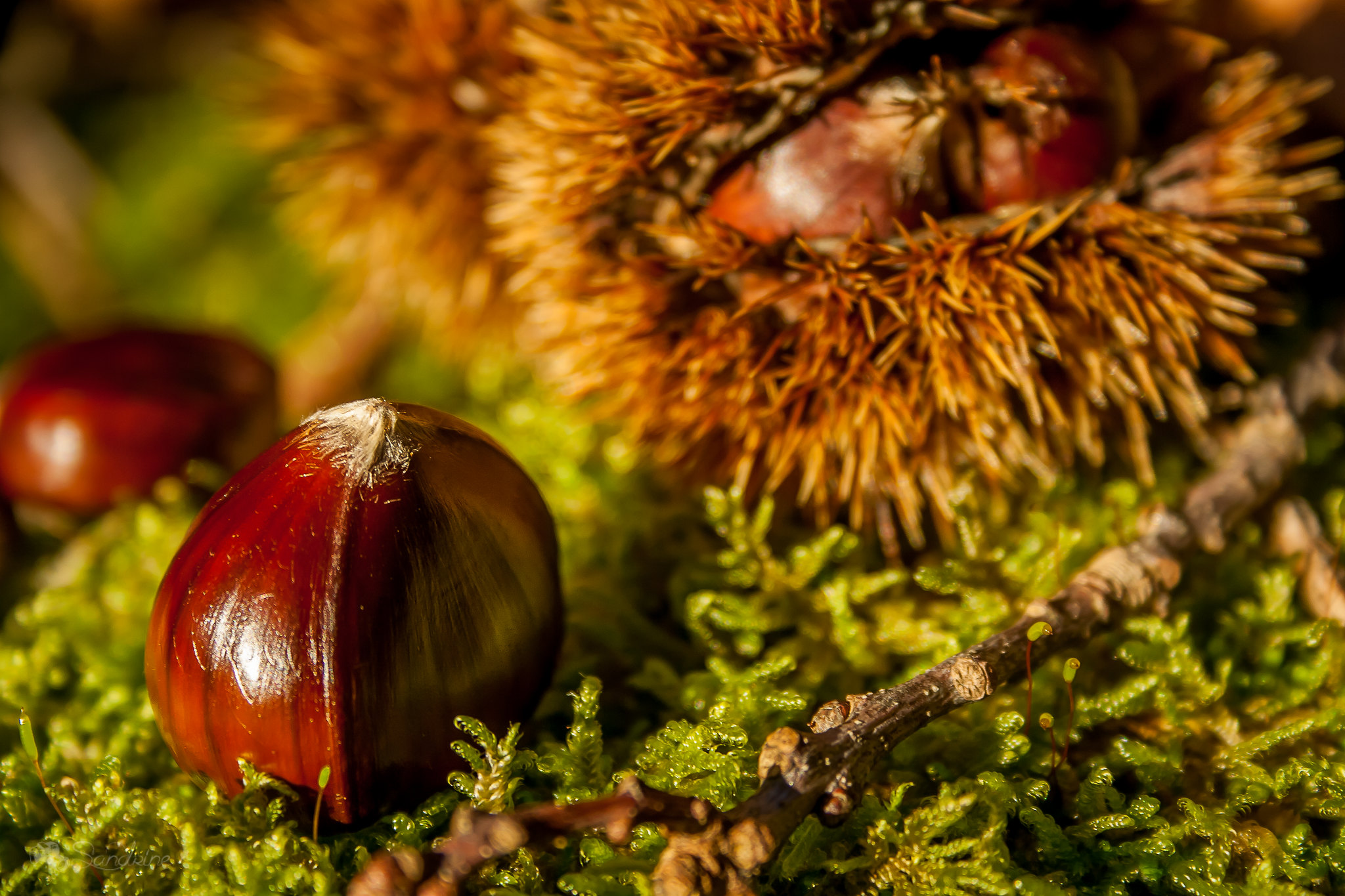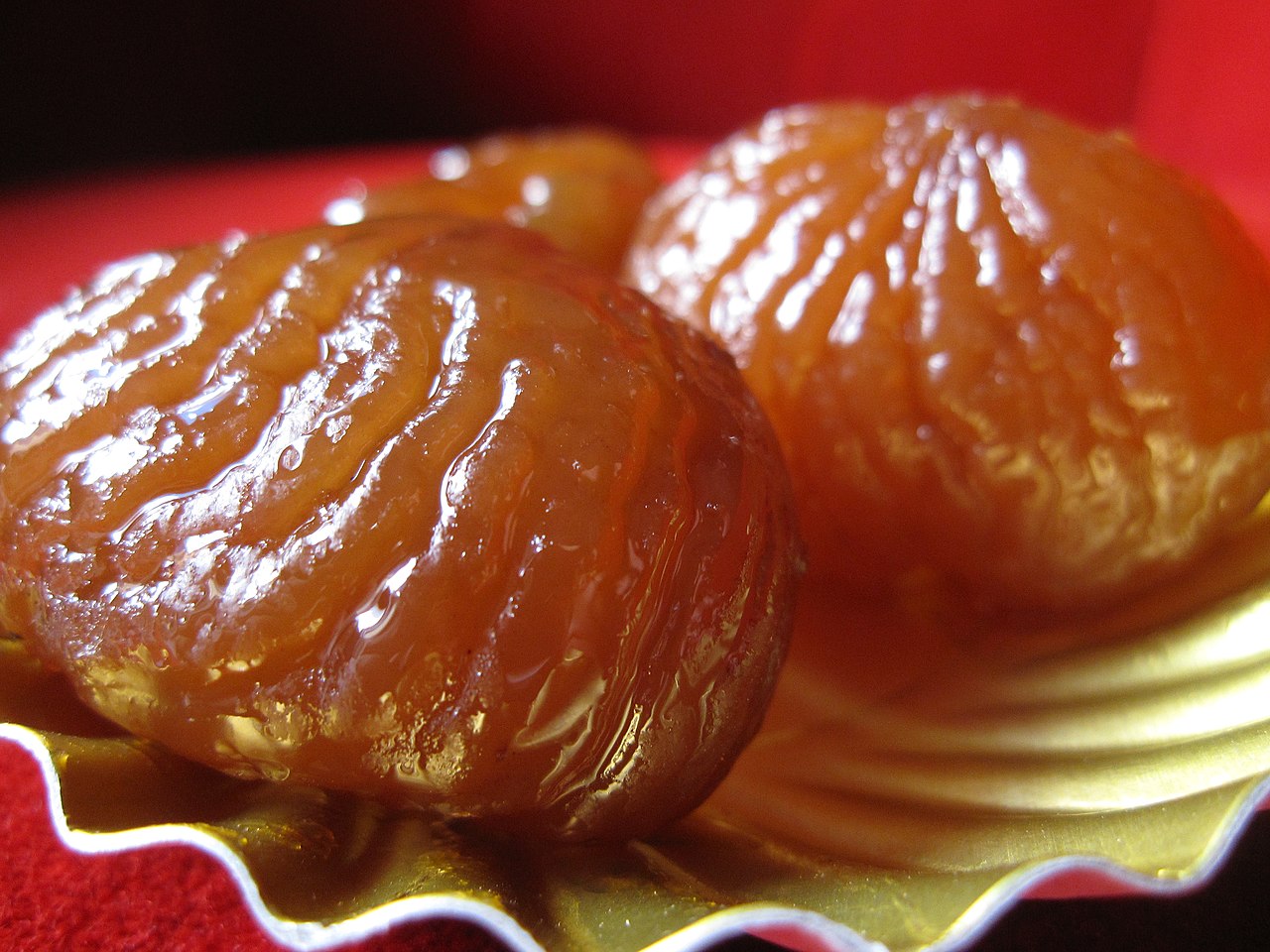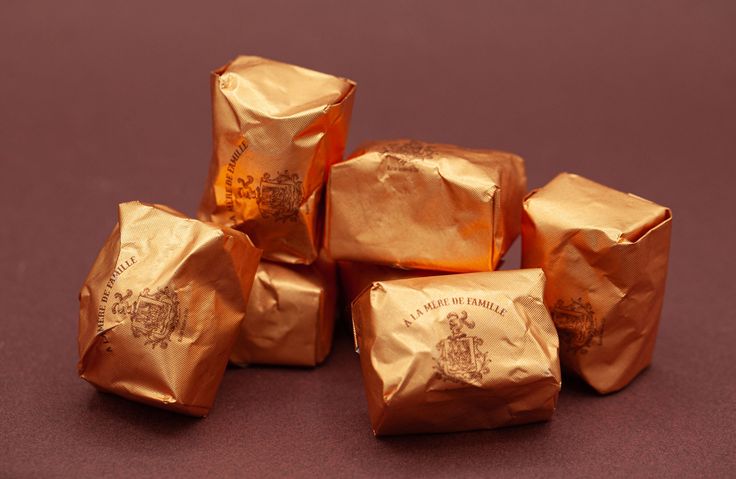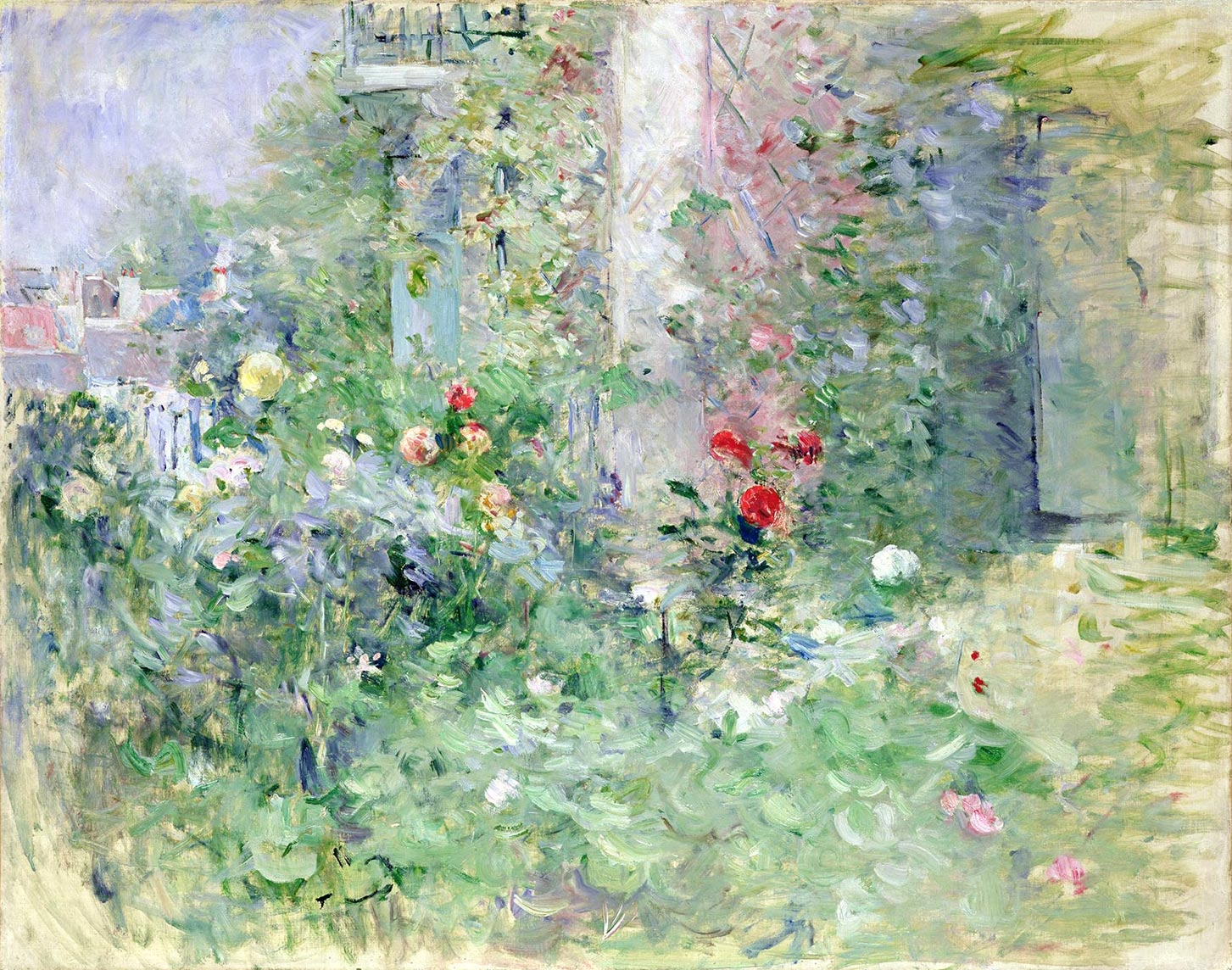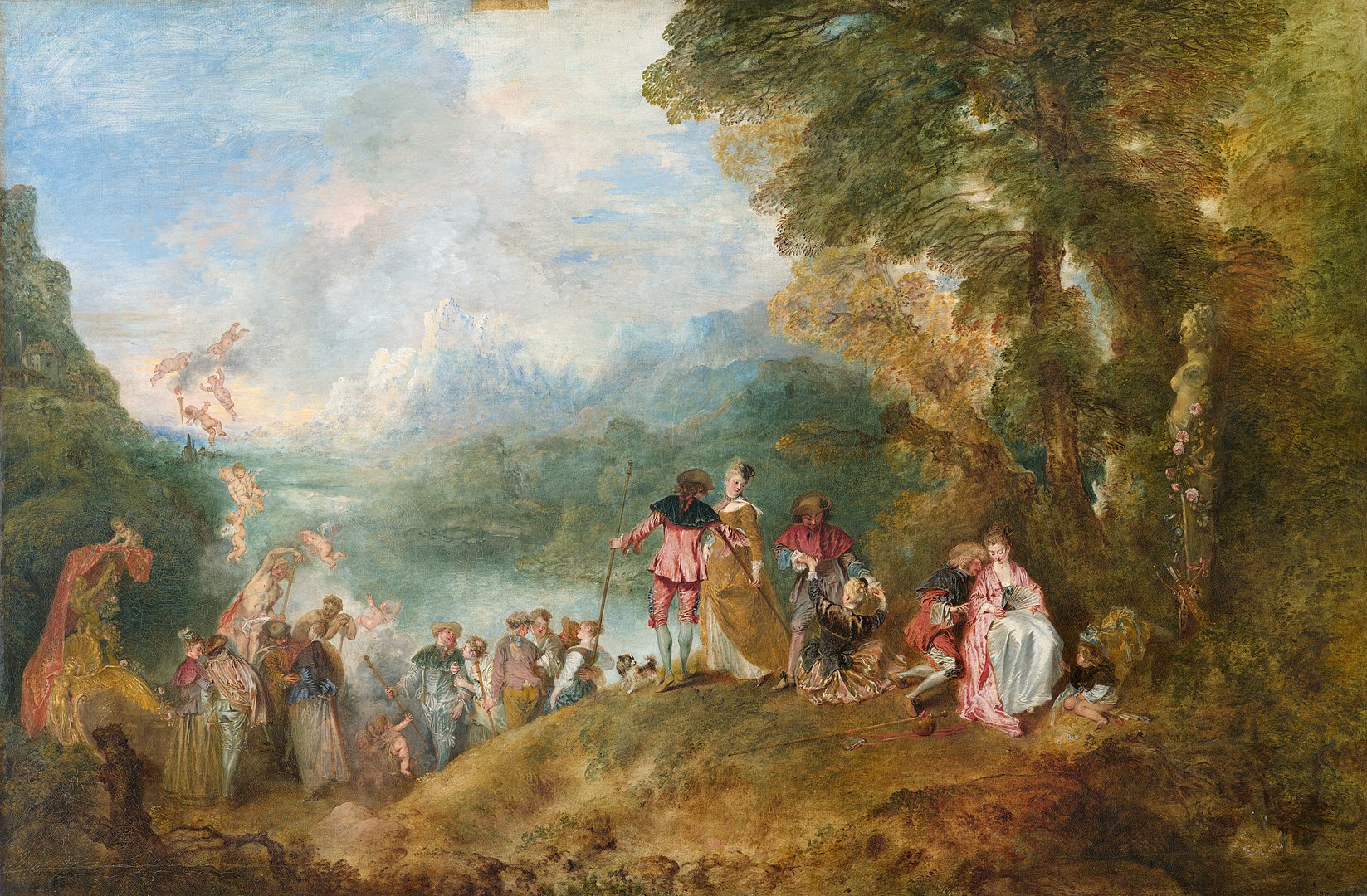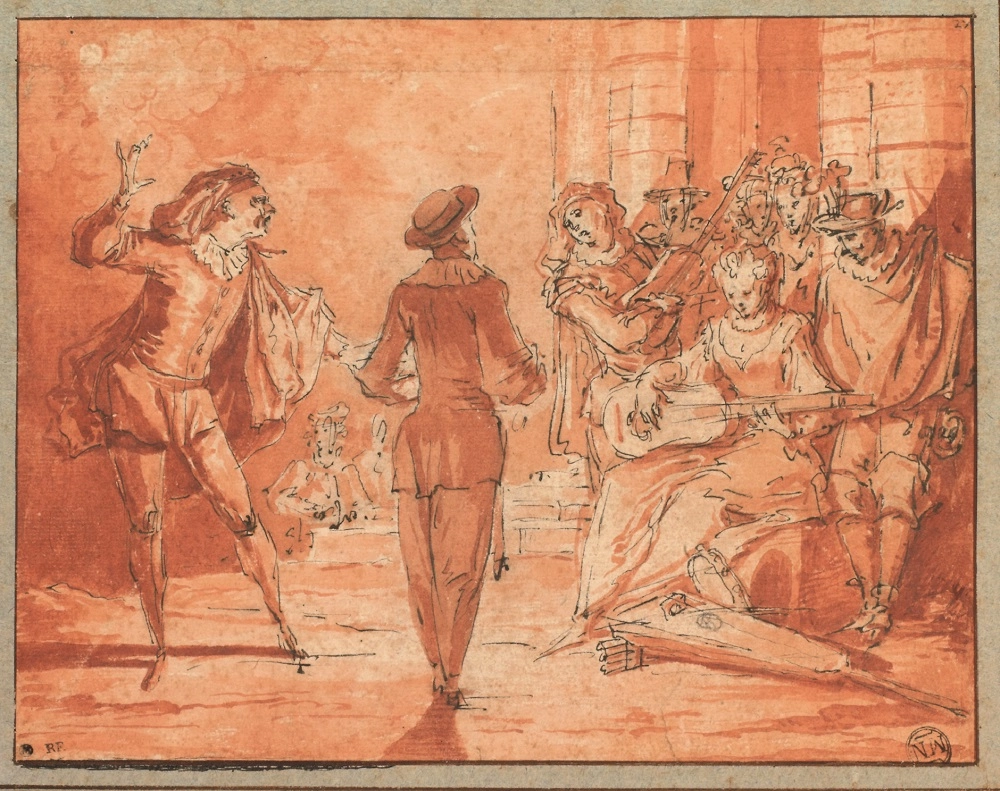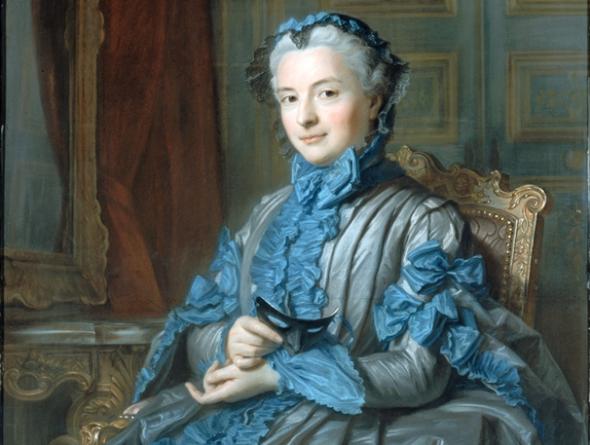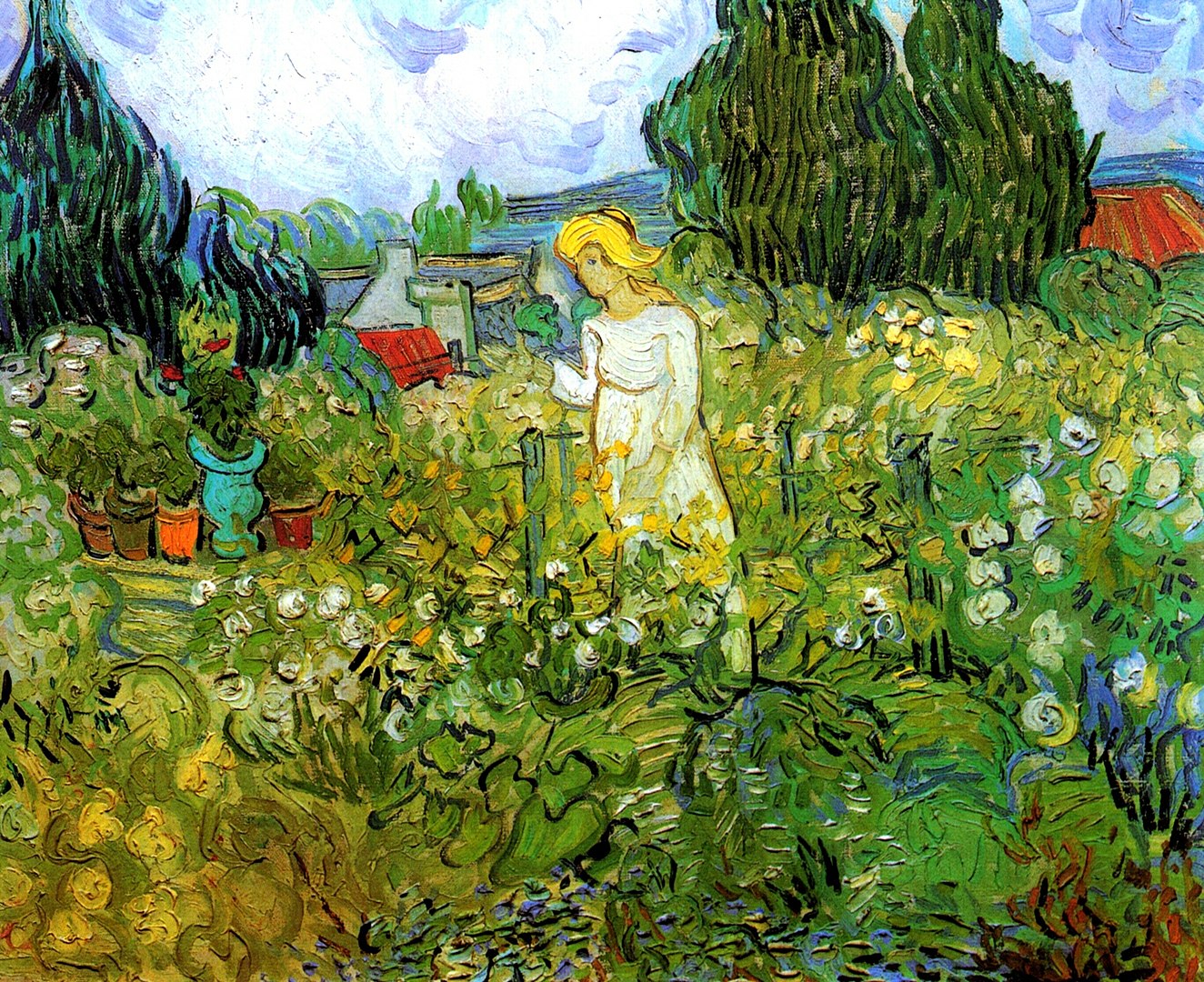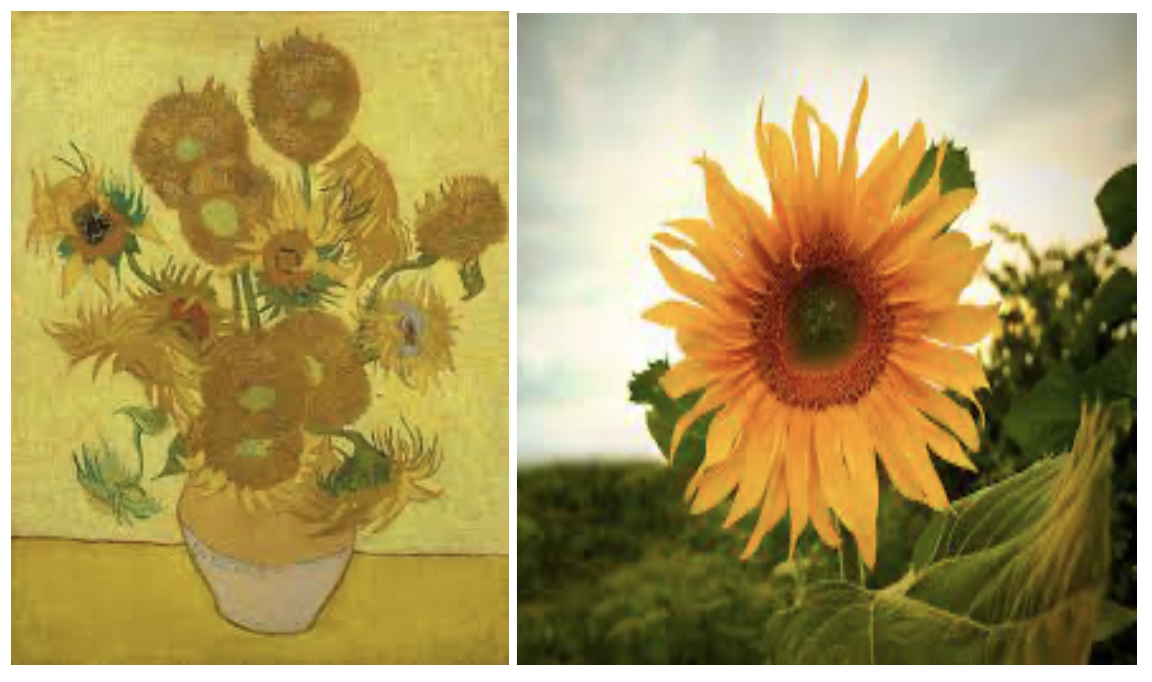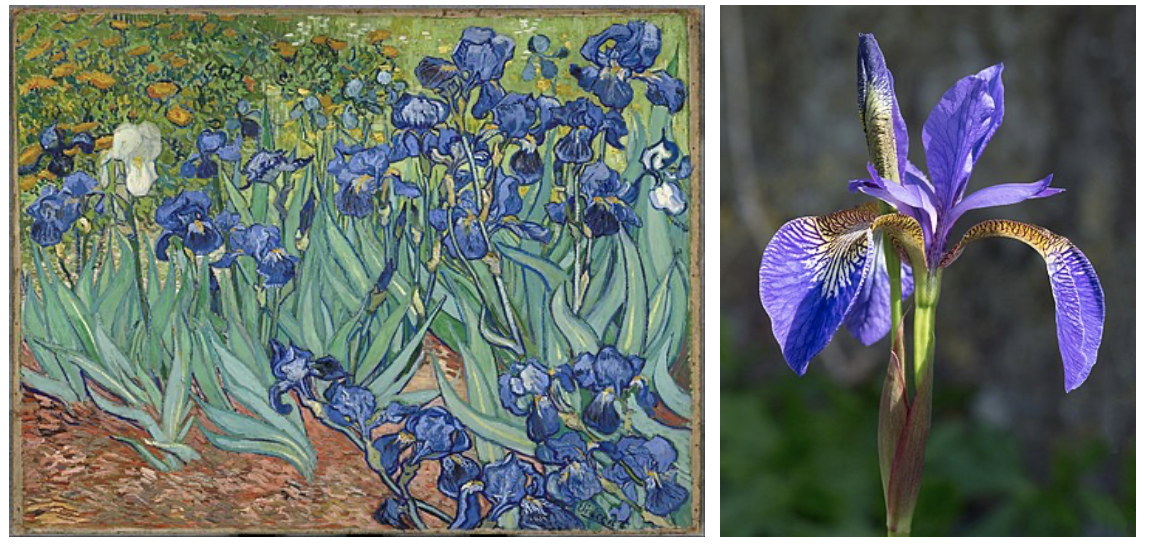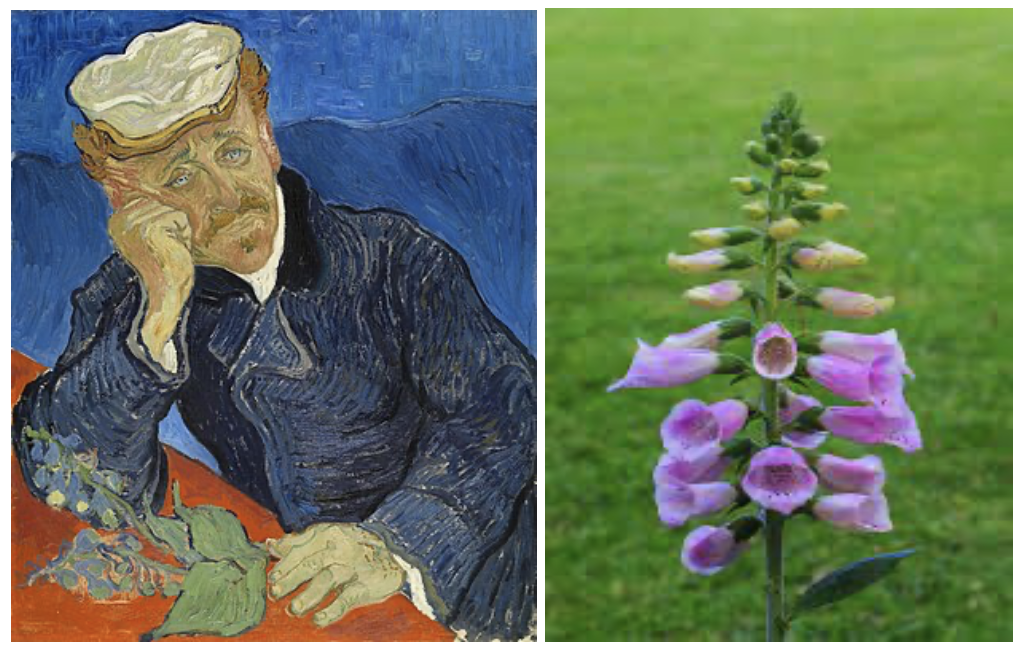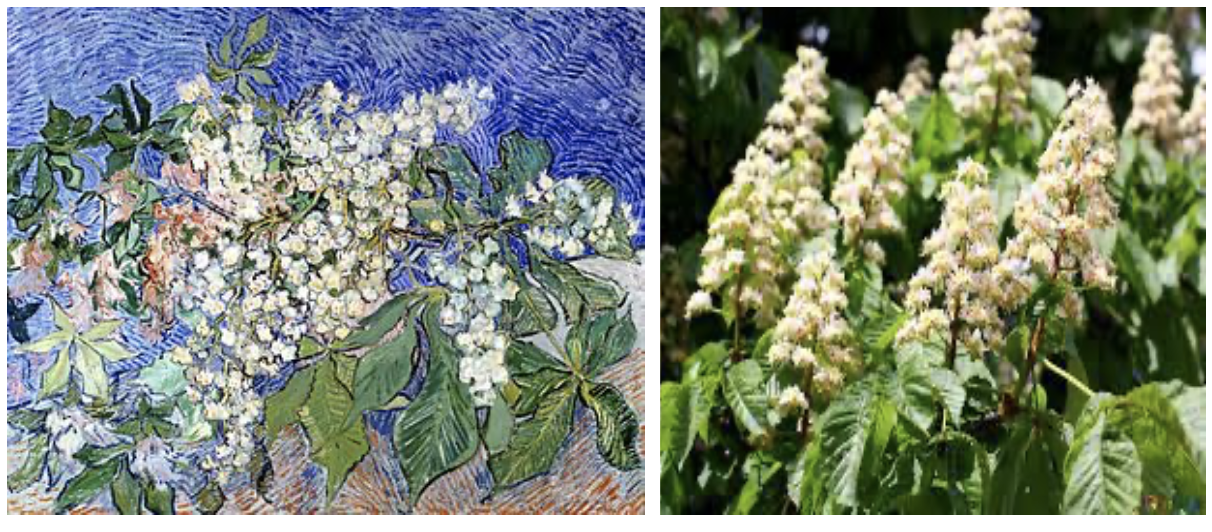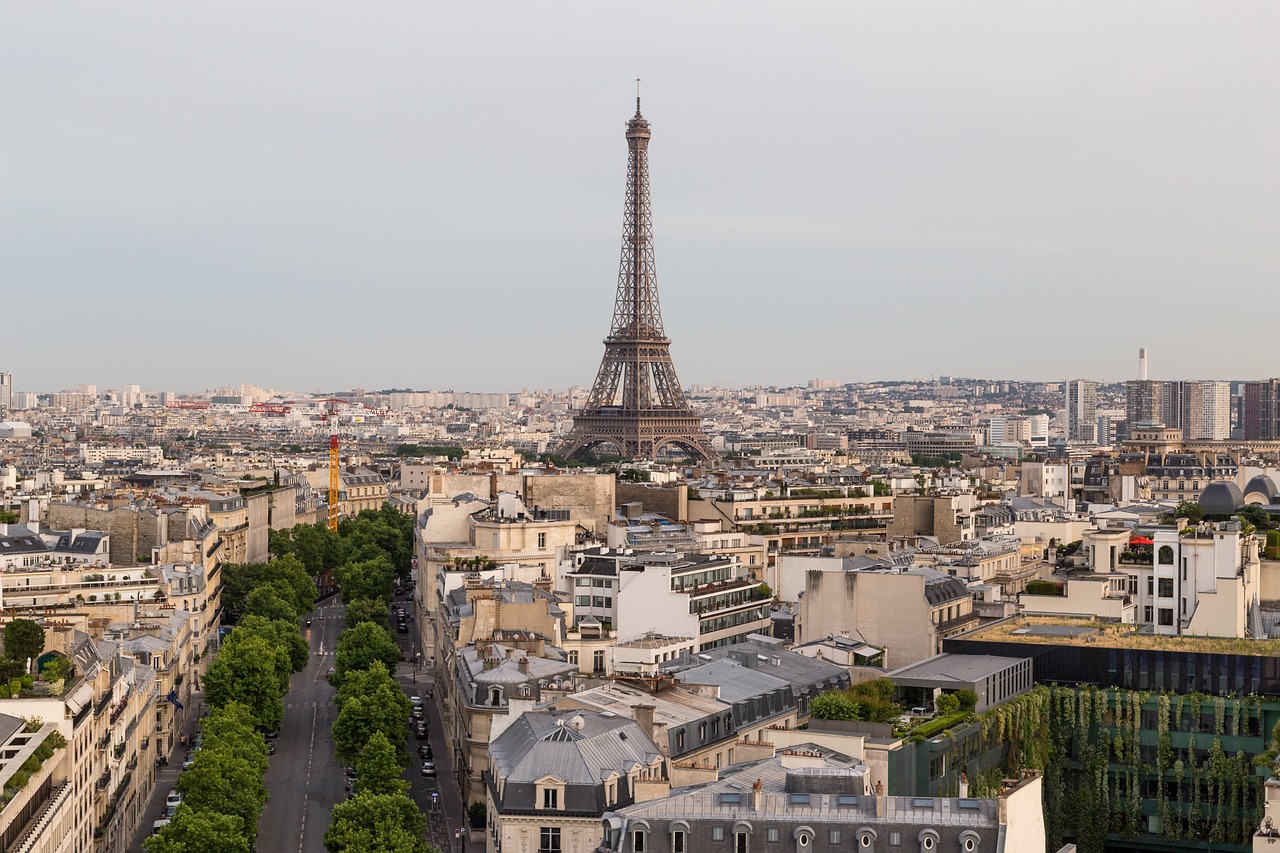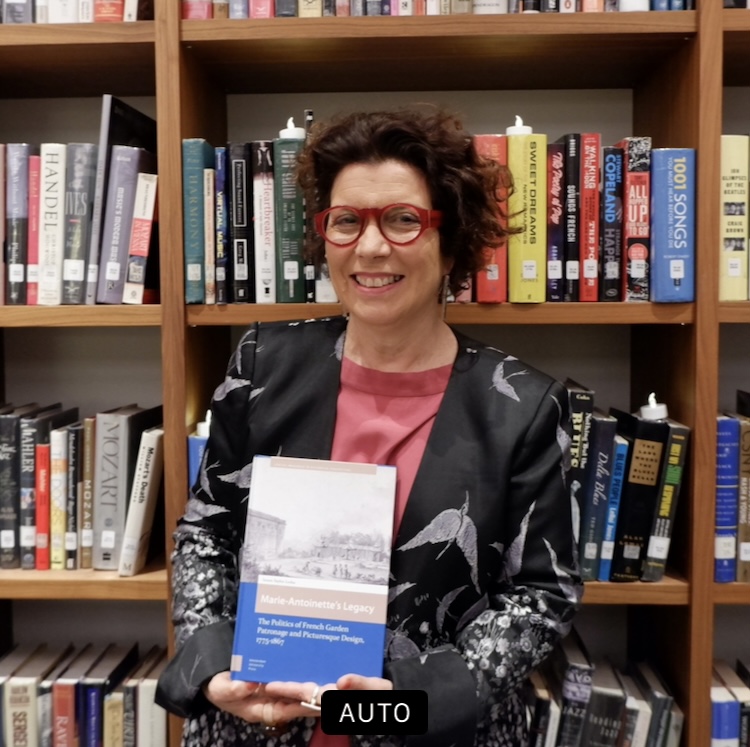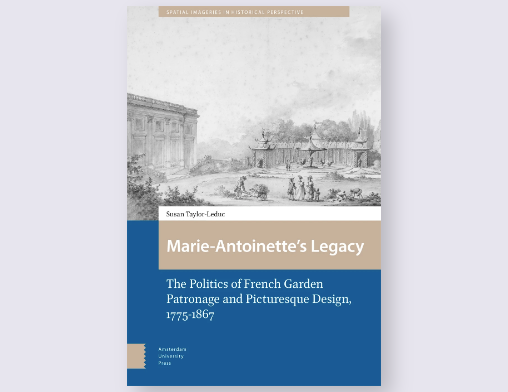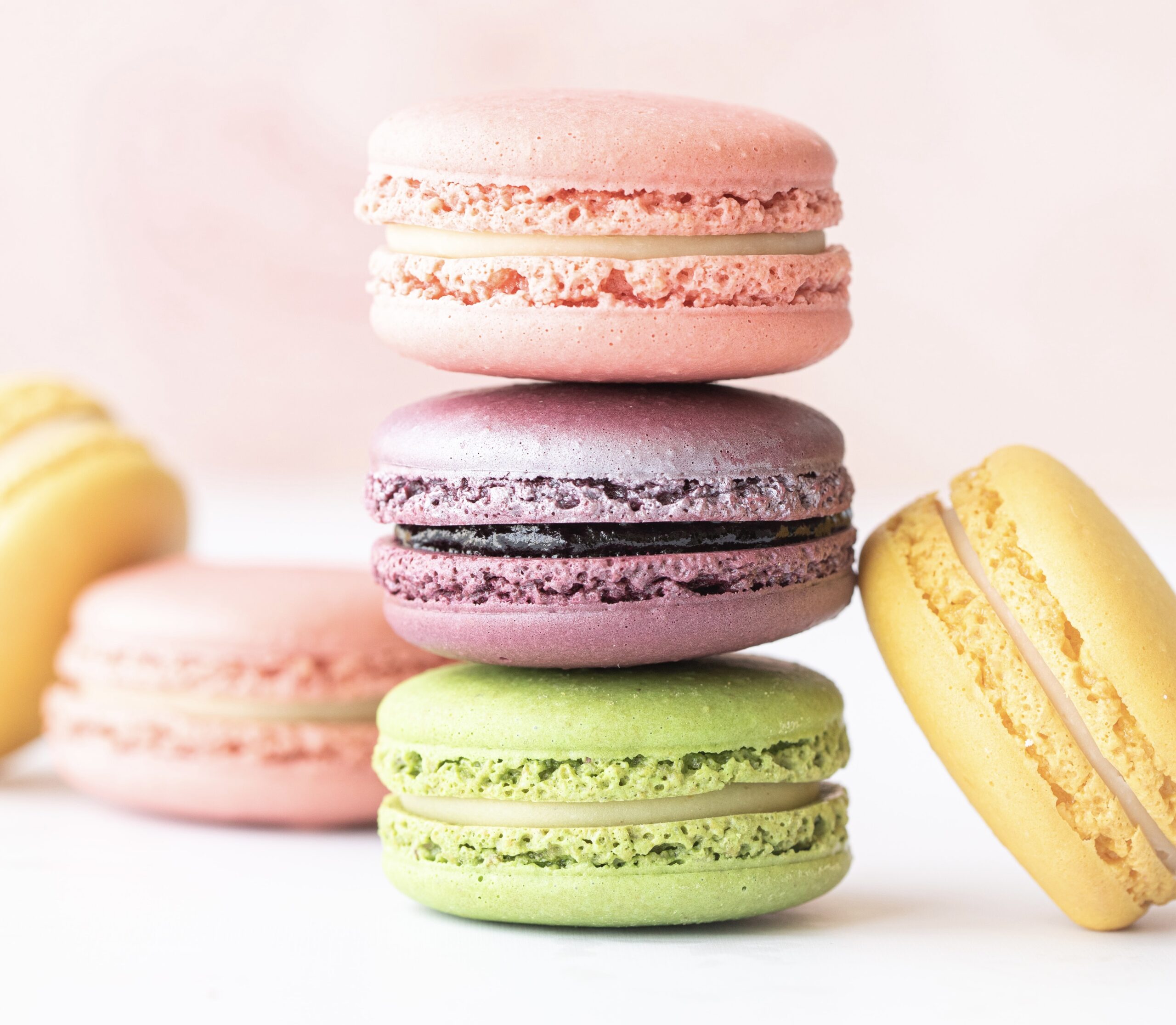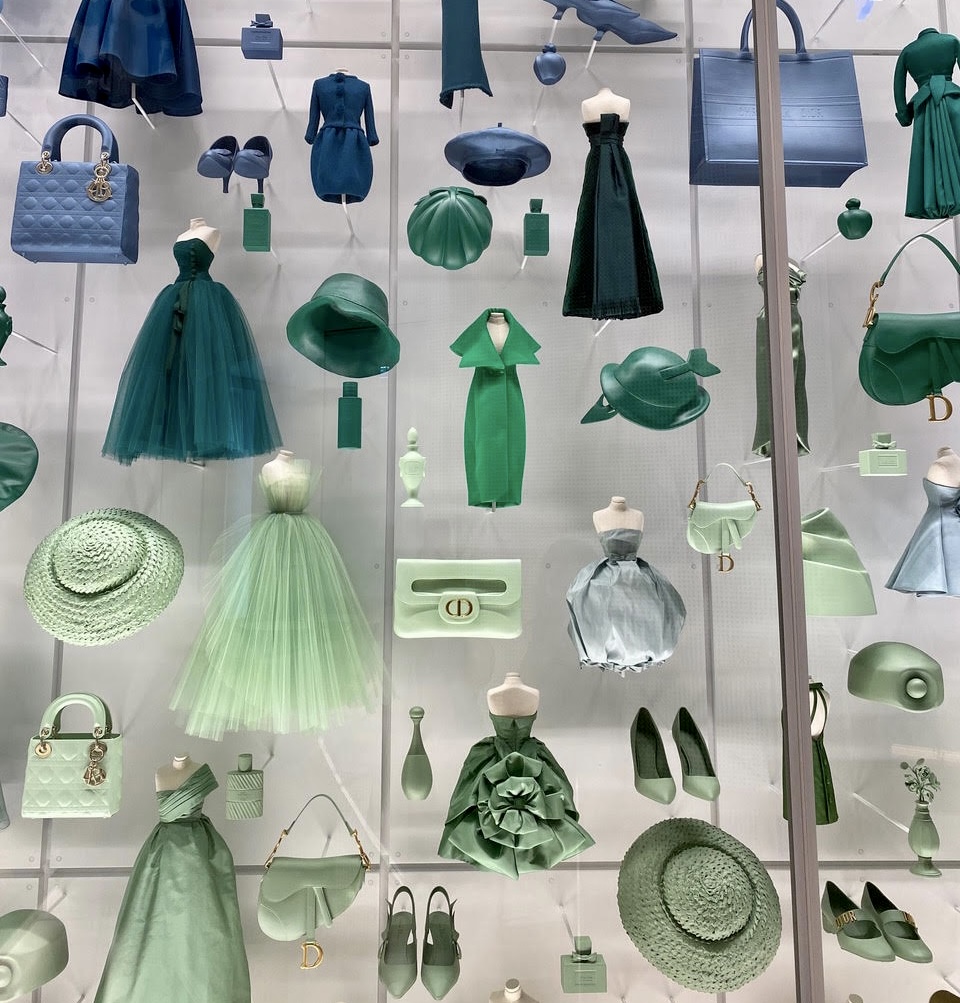https://www.picturesquevoyages.com/wp-content/uploads/2024/03/Rambouillet-grotto-2-scaled.jpg
2560
2384
admin8800
https://www.picturesquevoyages.com/wp-content/uploads/2019/02/picturesquevoyageslogo-300x68-2-300x68.png
admin88002024-03-07 10:00:332024-03-10 16:44:56Surprising Story: Marie-Antoinette's Dairy at Rambouillet
https://www.picturesquevoyages.com/wp-content/uploads/2024/03/1788-portrait-of-the-princess-of-lamballe-by-anton-hickel-at-the-liechtenstein-b51fde.jpg
840
679
admin8800
https://www.picturesquevoyages.com/wp-content/uploads/2019/02/picturesquevoyageslogo-300x68-2-300x68.png
admin88002024-03-07 08:56:142024-03-25 18:01:17Surprising Story: The Princess de Lamballe at Rambouillet
https://www.picturesquevoyages.com/wp-content/uploads/2023/11/10c92f9e-6941-4741-884d-0e6dc954154d.jpg
1280
1280
admin8800
https://www.picturesquevoyages.com/wp-content/uploads/2019/02/picturesquevoyageslogo-300x68-2-300x68.png
admin88002023-11-22 10:09:382023-11-26 09:21:25Perfumes of the Orient Exhibit, a Evocative Journey through Scent
https://www.picturesquevoyages.com/wp-content/uploads/2023/11/263808352_4477461645623970_5561629971198846003_n.jpg
1440
1440
admin8800
https://www.picturesquevoyages.com/wp-content/uploads/2019/02/picturesquevoyageslogo-300x68-2-300x68.png
admin88002023-11-13 18:19:482023-11-26 09:24:46Chestnuts, a French Wintertime and Festive Season Essential
https://www.picturesquevoyages.com/wp-content/uploads/2023/09/1647px-LEmbarquement_pour_Cythere_by_Antoine_Watteau_from_C2RMF_retouched.jpg
1080
1647
admin8800
https://www.picturesquevoyages.com/wp-content/uploads/2019/02/picturesquevoyageslogo-300x68-2-300x68.png
admin88002023-09-21 11:44:472023-09-21 13:20:26Autumn 2023: a Season of 18th Century Exhibits
https://www.picturesquevoyages.com/wp-content/uploads/2023/09/Screenshot-2023-09-21-at-10.57.24.png
1072
1242
admin8800
https://www.picturesquevoyages.com/wp-content/uploads/2019/02/picturesquevoyageslogo-300x68-2-300x68.png
admin88002023-09-21 11:03:172023-09-23 11:28:05Vincent Van Gogh and Flowers
https://www.picturesquevoyages.com/wp-content/uploads/2023/06/kimpton-paris-7085351236-2x1-1.jpg
2000
2491
admin8800
https://www.picturesquevoyages.com/wp-content/uploads/2019/02/picturesquevoyageslogo-300x68-2-300x68.png
admin88002023-06-12 14:45:592023-06-19 10:28:16How to Enjoy Paris in the Summer of 2023
https://www.picturesquevoyages.com/wp-content/uploads/2023/05/IMG_6281.jpg
747
750
admin8800
https://www.picturesquevoyages.com/wp-content/uploads/2019/02/picturesquevoyageslogo-300x68-2-300x68.png
admin88002023-05-08 15:38:312023-05-09 22:45:41My New Book 'Marie-Antoinette’s Legacy' Wins Prestigious J.B Jackson Book Prize
https://www.picturesquevoyages.com/wp-content/uploads/2023/03/332291977_190093280302118_4085340532769476143_n.jpg
640
960
admin8800
https://www.picturesquevoyages.com/wp-content/uploads/2019/02/picturesquevoyageslogo-300x68-2-300x68.png
admin88002023-03-15 17:15:212023-03-23 09:51:51The History and Garden Inspirations of the Parisian Macaron
https://www.picturesquevoyages.com/wp-content/uploads/2023/03/Galerie-Christian-Dior-Paris-2.jpg
861
960
admin8800
https://www.picturesquevoyages.com/wp-content/uploads/2019/02/picturesquevoyageslogo-300x68-2-300x68.png
admin88002023-03-05 18:07:172023-03-08 18:26:57Nature Into Art: La Galerie Christian Dior
Scroll to top
